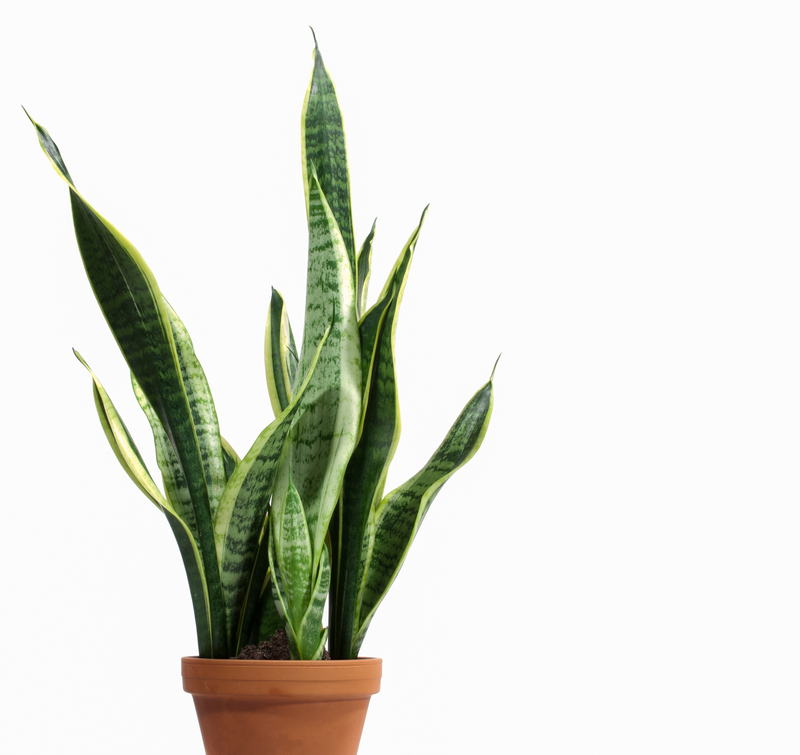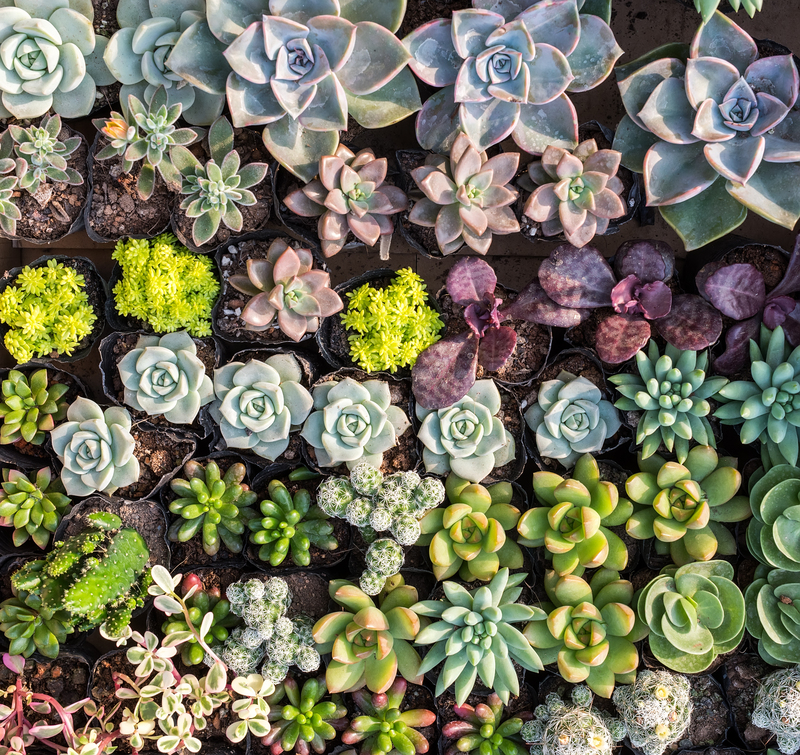Seasonal Color for Your Garden
Posted on 09/11/2024

Add vibrancy and charm to your garden by incorporating seasonal colors. Understanding the seasonal nature of plants and their blooms will help you plan and enjoy a colorful garden year-round.
[HTAG0]
Spring is synonymous with renewal. Plants that bloom in spring bring fresh and vivid colors that signify new beginnings. Popular choices include tulips, daffodils, hyacinths, and cherry blossoms. Not only do these flowers add brightness, but they also provide fragrant scents that enhance the garden experience.
[HTAG1]
Summer gardens are all about lush growth and vibrant hues. Flowers such as sunflowers, petunias, marigolds, and zinnias thrive in the warm weather, offering a spectrum of colors from fiery reds to cool blues. Incorporate a variety of heights and textures to create a visually dynamic summer garden.
[HTAG2]
As temperatures cool, autumn gardens can still shine with rich, warm colors. Think of chrysanthemums, asters, and ornamental grasses that turn golden and russet. Fall foliage from trees like maples and oaks also adds depth and vibrancy to your garden palette.
[HTAG3]
Winter doesn't have to mean a colorless garden. Evergreens, holly bush berries, and winter-blooming flowers like hellebores and pansies introduce greens, reds, and purples to an otherwise bleak landscape. The key is to select hardy plants that can withstand colder temperatures.
[HTAG4]
[HTAG5]
- Visual Interest: Seasonal planting ensures a continually changing garden that remains visually engaging.
- Biodiversity: Seasonal plants attract a variety of pollinators and wildlife, enhancing your garden's ecosystem.
- Adaptability: Seasonal plants are usually well-suited to the conditions of their respective seasons.
[HTAG6]
- Maintenance: Seasonal gardening requires regular updates and replacements as plants cycle through their blooming periods.Costs: The need to purchase new plants each season can be more expensive than maintaining a perennially planted garden.
- Timing: Improper timing can lead to missed blooms and reduced garden impact.
[HTAG7]
- Plan Ahead: Create a planting calendar to ensure that you have blooms throughout the year.
- Layering: Use plants of varying heights and bloom times to add depth and sustained color.
- Soil Care: Monitor and amend your soil to ensure it is suitable for the different plants you are incorporating.
- Watering: Different seasons have different water requirements; adapt your watering schedule accordingly.
- Environment-Friendly: Consider native plants as they tend to be more adaptable to your local climate and require less maintenance.
[HTAG8]
Incorporating seasonal colors in your garden not only enhances its visual appeal but also promotes a healthier ecosystem. With proper planning, the right plant choices, and ongoing care, you can enjoy a beautiful, colorful garden through all four seasons.
[HTAG9]
Seasonal color in your garden is a rewarding endeavor. By following the tips and understanding the pros and cons, you will be better equipped to keep your garden vibrant and captivating. Whether you're an experienced gardener or just starting, the joy of watching your garden transform with each season is unparalleled. Happy gardening!







 Certified and experienced landscapers
Certified and experienced landscapers



 Get a Quote
Get a Quote